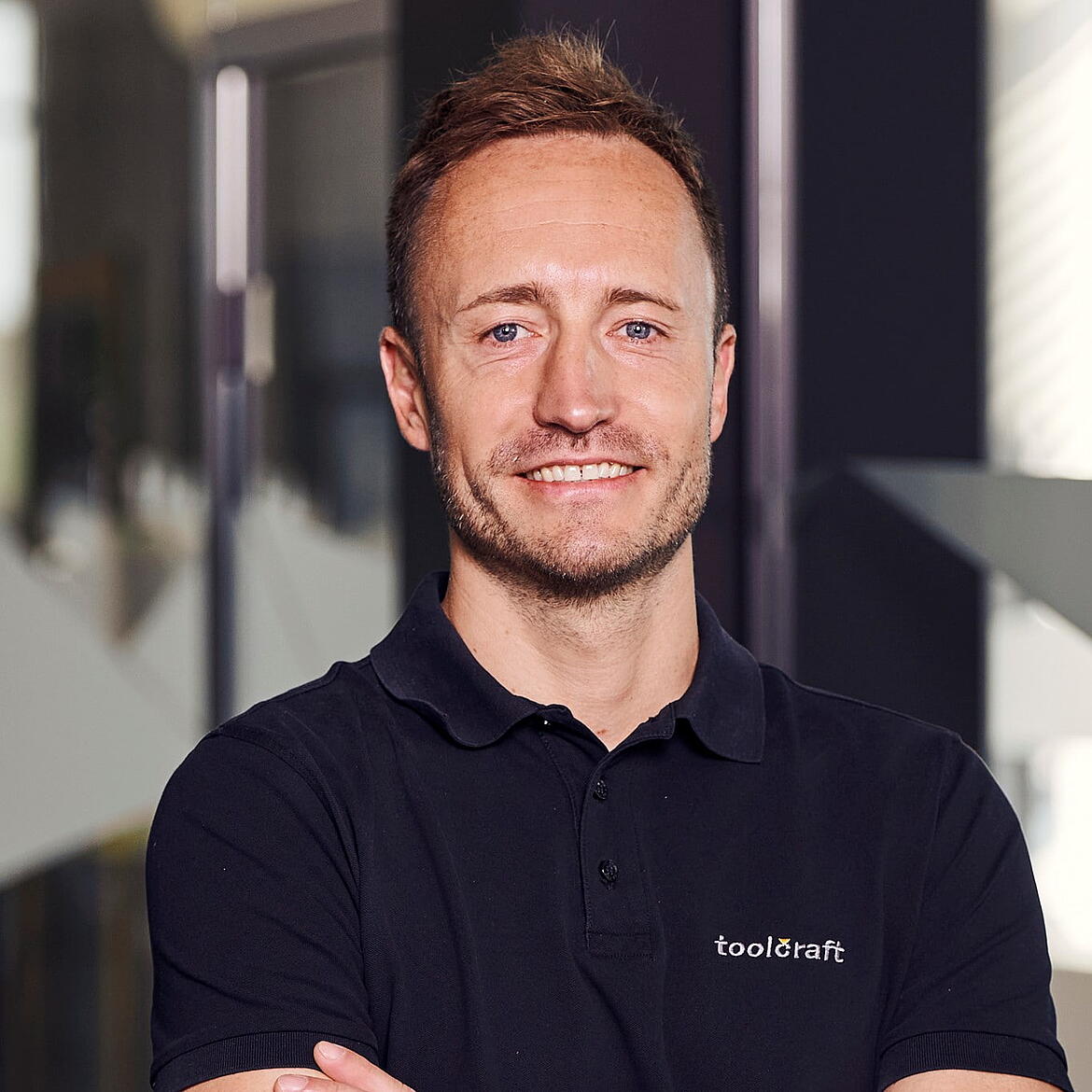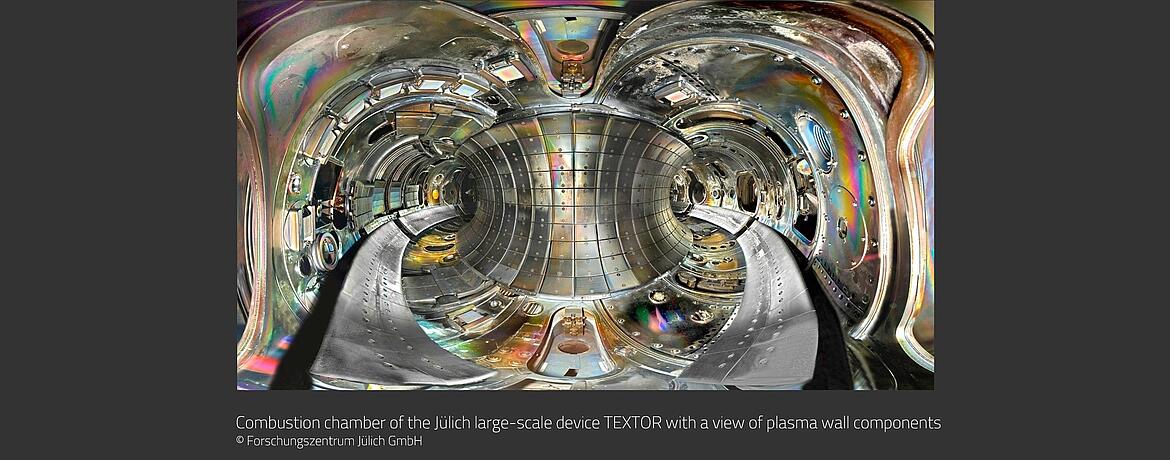Initial Situation:
The technology for plasma-facing components (PFC) using temperature-resistant and radiation-resistant tungsten or tungsten alloys for reinforcement in combination with a supporting structure with a heat sink made from a material with high thermal conductivity (copper or steel alloy) has demonstrated its fundamental capability in recent decades. This led to the decision to use monoblocks (MB) made from tungsten and connected with a copper cooling pipe instead of flat plate structures in the areas subjected to the heaviest loads (the divertor). In principle, this design is capable of withstanding a high thermal load for several thousand cyclic heating and cooling phases. However, the MB design was developed with conventional manufacturing techniques in mind, such as sintering, milling and cutting tungsten using EDM and joining reinforcements and supporting structures using soldering or welding. Tungsten’s brittleness and high hardness rating make it difficult to machine, and therefore restrict the geometry that can be produced.
Its lifetime is also limited by the occurrence of cracks. During qualification tests, “macro-cracks” occurred that split the MB in half. Another problem that limits the lifetime of first-wall components is the huge difference in the coefficients of thermal expansion between reinforcements made from tungsten and supporting structures with cooling channels made from copper alloys or reduced activation steels (RAFM).
Additive manufacturing allows components to be designed and produced in a way that is closely optimised for their specific function. This technology is already used in multiple industries for the cost-effective series production of innovative component designs.
Goals:
The aim of the project is to develop new design concepts for PFCs by exploiting the new possibilities provided by additive manufacturing in a targeted way to eliminate the current causes of failure and restrictions and thereby significantly increase the robustness, lifetime and load limits of PFCs. In addition, the development of parameters and processes – from deposition welding to subtractive post-processing – is to be implemented for new material combinations. The technical requirements for plasma-facing components (PFCs) will be verified using appropriate testing and qualification procedures.
Process:
The project is divided into a total of nine main work packages (MWPs). The redesign of the first wall (MWP2) and the divertor monoblock components (MWP3) are particularly dependent on the development of the AM process (MWP4). These work packages will be run iteratively until there are sufficient results to demonstrate the project objectives.
For industrial and commercial application, the results of MWP4 and MWP5 are being transferred to toolcraft’s LMD/EHLA systems in collaboration with the Fraunhofer Institute for Laser Technology ILT. In addition to the provision of the identified process parameters, transferring the process to an industrial environment is made more straightforward by the fact that the machinery at Fraunhofer ILT and toolcraft has similar specifications. The transfer from a lab environment to an industrial environment requires adaptations to the parameters. Those adaptations are being undertaken and validated metallographically by toolcraft. As well as the process parameters, the software components developed for the project are also being transferred to toolcraft’s systems. Once the research results from MWP4 and MWP5 have been successfully implemented and transferred to toolcraft, the necessary finishing steps will be defined and developed so that the entire process chain can be mapped out for industrial use. As an end user and service provider, toolcraft has an extensive fleet of machinery for machine-finishing.




